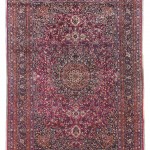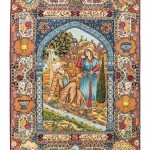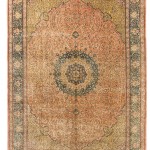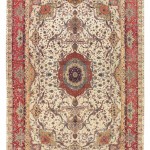The demand for small woven carpets began to wane towards the end of the 20th century. Carpet buyers stuck to purchasing antique or contemporary geometrical carpets from Turkey or the Caucasus and modern carpets from Southern Persia, Nepal, Tibet and India were also appearing in European home interiors. Recently however, due to sharp increases in the cost of production in the traditional weaving countries, carpet production has been outsourced to countries like Pakistan and Afghanistan, which now supply the market with large numbers of more simply made carpets.
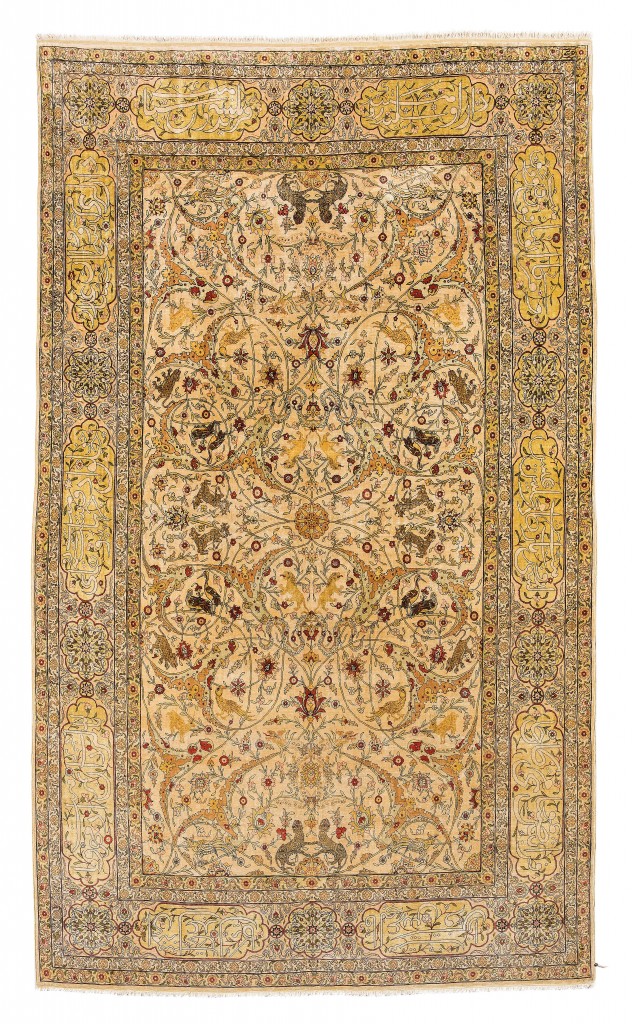
The last decade has seen the finely woven carpets from Persia return to favour and it seems as though this traditional bastion of weaving has regained its status and popularity, despite an increase in price of over 300%. While partly due to inflation, this increase has predominantly been caused by the migration of up to 50% of the weavers from the traditional artisanal centres. Dedicating years to carpet weaving is no simple undertaking in an economically well-run country like Iran, where alternative, better employment opportunities are available. This type of industry is also tricky to outsource due to the emphasis on traditional methods and the essential knowhow, which can only be passed directly from master to apprentice. The removal of the American embargo on Iranian imports will almost certainly see prices soar even further.
Valuable antique carpets are becoming ever rarer, with items either disappearing into private collections or becoming heavily damaged by the ravages of time. Nevertheless, demand for these pieces remains and the market for carpets is booming in auction houses – masterpieces can command high prices and in 2013, a Persian carpet achieved the record price of 25.7 million euros.
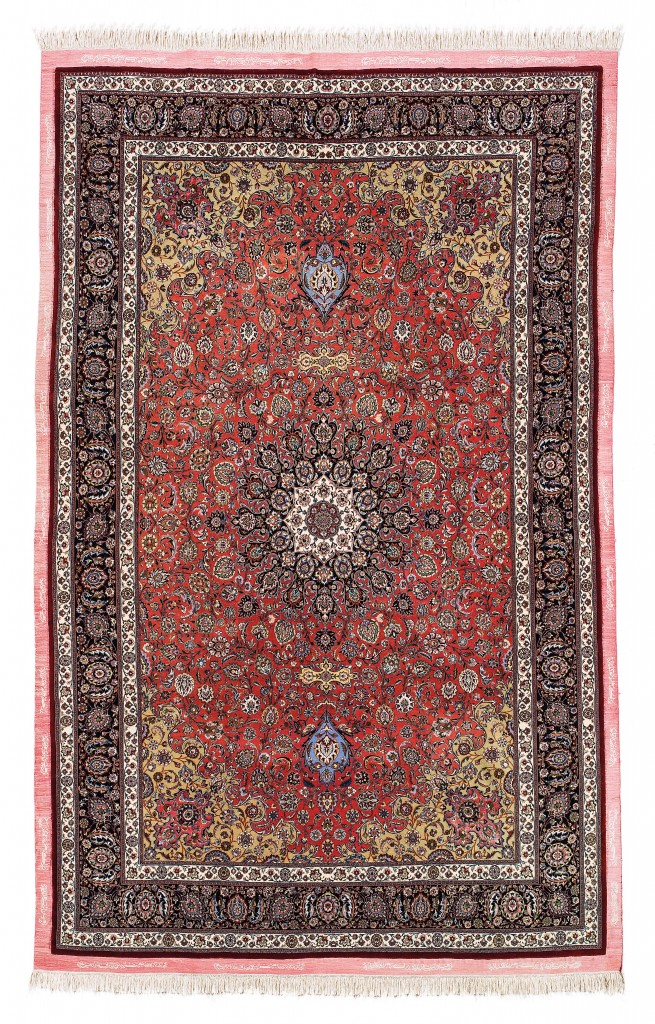
While the rough carpets made by nomads and peasants are undeniably beautiful and also increasingly rare, it is antique, contemporary, classic, and high-quality pieces, partly bearing authentication by master workshops that are most likely to be coveted by the next generation. But this status can only be achieved by those carpets which hold their colour and do not fade even after washing. Carpets must therefore survive the decades unscathed as well as retaining the desired patina. It is indeed interesting to see how a beautiful Isfahan, Täbriz, or some of the best examples from Hereke or Samsun to name a few, change their appearance for the good after a few decades.
We wanted to address this phenomenon by a special selection in this auction and we are delighted to offer signed carpets of all kinds of quality. All of these selected pieces bear a stitched signature, which denotes their provenance from and production by a master weaver or artisan. Many of these carpets were not originally intended for export and were first commissioned by wealthy Iranians or Arabs.
The Oriental-Carpets, Textiles, and Tapestry Auction will take place on Wednesday, 23rd March 2016 at the Palais Dorotheum in Vienna.

